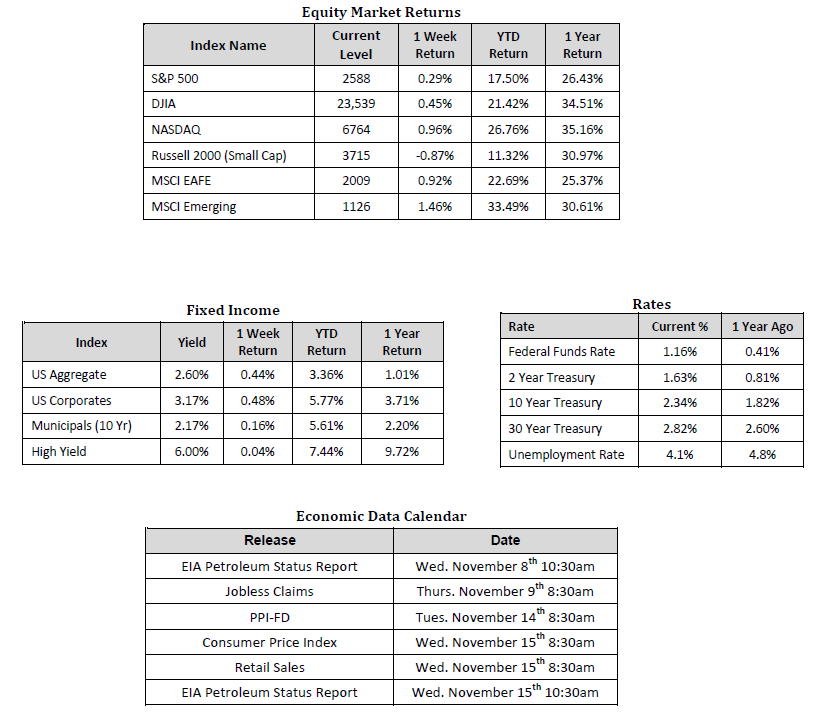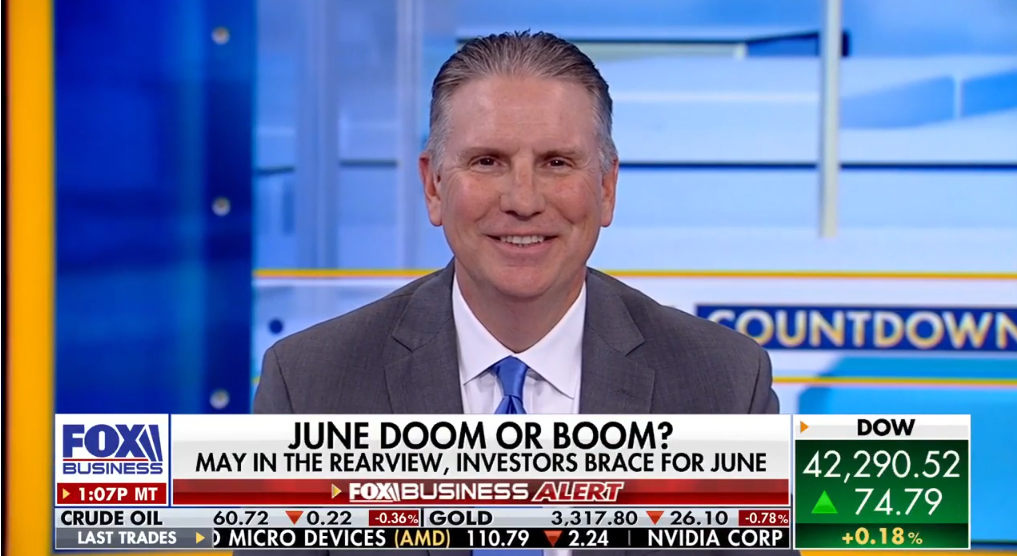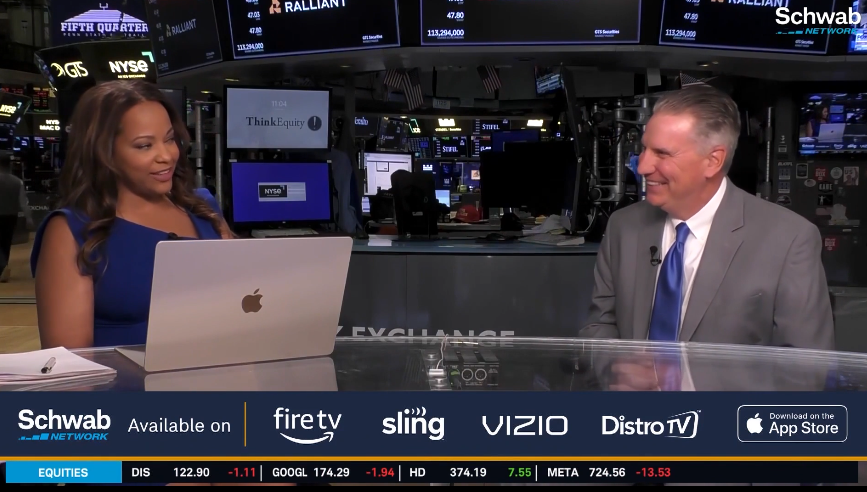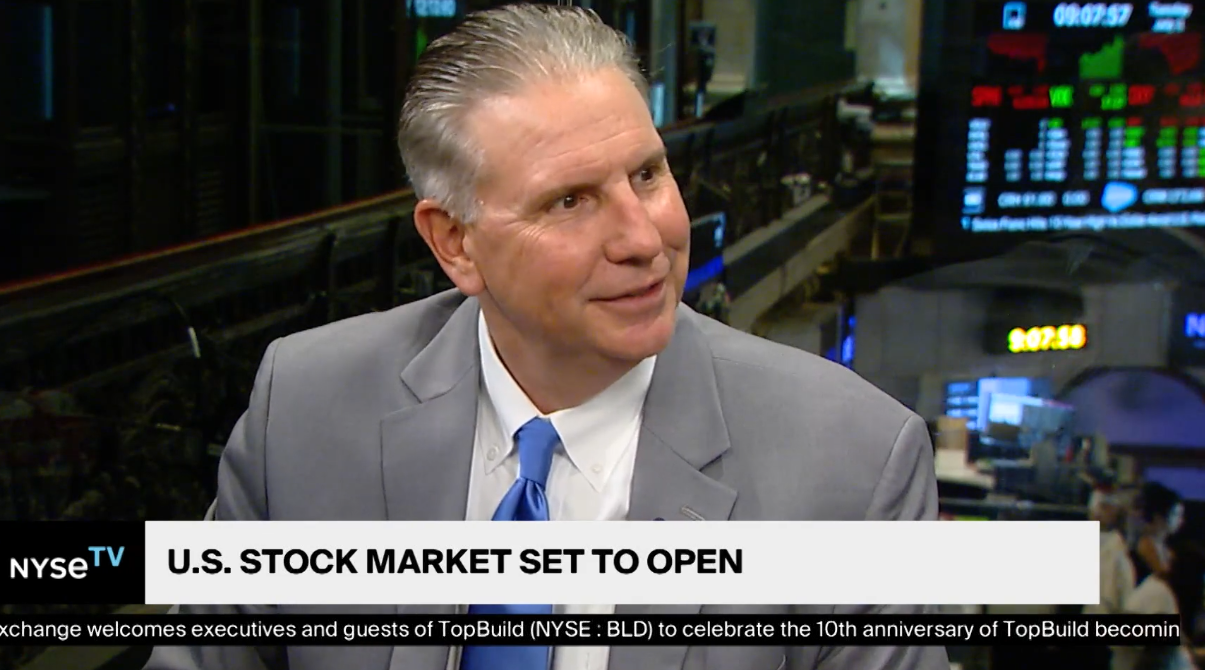
A Busy Week for Markets Leaving Plenty for Investors to Digest
Market Overview
Sources: Sources for data in tables: Equity Market and Fixed Income returns are from JP Morgan as of 11/03/17. Rates and Economic Calendar Data from Bloomberg as of 11/06/17. International developed markets measured by the MSCI EAFE Index, emerging markets measured by the MSCI EM Index. Sector performance is measured using GICS methodology.
Happening Now
There were a number of major economic data releases, policy announcements, and earnings reports last week that caused markets to react, albeit mildly. Domestically, large cap stocks were the only capitalization group to advance last week despite the release of details pertaining to tax legislation that could disproportionately benefit smaller firms. The S&P 500 Index rose 0.3% last week, the Russell Midcap Index finished flat, and the Russell 2000 Index fell 0.9%. Internationally, investors fared better as developed markets posted a 0.9% advance while emerging markets advanced 1.5%.
Not only was last week a busy one for earnings, but we were also treated to the initial details on tax reform, the nomination of a new Federal Reserve Chairman, a Federal Open Market Committee (FOMC) meeting, and a deluge of economic data. We’ll take each topic and summarize its impact on the markets below.
Third quarter earnings reports in the U.S. and abroad continue to come in stronger than forecasted thus far with 77% of U.S., 57% of European, and 62% of Japanese companies beating estimates. The average growth of earnings in the U.S. dipped slighted to 8% in the third quarter, versus 10% during Q2, but are expected to return to a double digit pace over the first half of 2018. With valuations near the high end of historical averages, we believe that earnings growth will be critical to propelling stocks higher in 2018.
The GOP released the “Tax Cuts and Jobs Act” on Thursday that included a permanent reduction in the corporate tax rate to 20%. When initially reported in September, the potential for lower corporate taxes boosted small cap stocks and a similar reaction took place on Thursday as the Russell 2000 gained 0.3% while the S&P 500 added only 0.04%. Small caps generate more sales domestically and pay a higher average tax rate compared to large cap firms. The current administration has exhibited some difficulties getting legislation passed this year so we believe the market has not fully priced-in tax reform over the short-term. Should the tax bill make it through congress with only minor changes, or make it through in some form by the end of the year, additional stock gains are likely.
Janet Yellen’s time as Fed Chair appears to be coming to an end. On Thursday, President Trump nominated Jerome “Jay” Powell to lead to the Federal Reserve, kicking off a process that could culminate with his appointment as the 16th Chair of the Federal Reserve on February 1, 2018. Powell, who currently serves on the Fed’s Board of Governors, has a background that is more established in the private sector than it is in academia. In fact, if confirmed, he will be the first Chair without a PhD in economics since Paul Volcker was at the helm thirty years ago. Many speculate that because of Powell’s background and his history of never dissenting on a monetary policy vote, he will maintain a cautious approach to tightening, consistent with Yellen’s current stance. There is also optimism that he will focus his energy on “smarter regulation” by reducing the burden that was placed on large financial institutions following the Great Financial Crises. This could open up new sources of revenue, reduce costs, and increase lending that could potentially benefit not only the financial sector but the U.S. economy as a whole.
The FOMC met last week and, as expected, kept rates unchanged while leaving one additional hike in 2017 squarely on the table. They also acknowledged that U.S. economic growth is “solid,” a claim well supported by last week’s data flow. On Friday, the October Employment Situation report showed the unemployment rate dropped to 4.1% – a seven year low. In addition, 216,000 new jobs were added, a bit lower than the consensus expectation for 313,000 new jobs but a solid report none-the-less that confirms tightening in the labor market is underway.
What does all of this mean for your investments? We believe that while U.S. markets have had a storied run over the past nine years, there is still some room left to run. Synchronized global growth, low inflation, and low interest rates all help form a constructive backdrop that could soon also include some type of tax reform. We are aware, however, that relying on low volatility and perpetually higher stock prices can lead some investors to become complacent and take unintended risks.
Important Information and Disclaimers
Disclosures: Hennion & Walsh is the sponsor of SmartTrust® Unit Investment Trusts (UITs). For more information on SmartTrust® UITs, please visit www.smarttrustuit.com. The overview above is for informational purposes and is not an offer to sell or a solicitation of an offer to buy any SmartTrust® UITs. Investors should consider the Trust’s investment objective, risks, charges and expenses carefully before investing. The prospectus contains this and other information relevant to an investment in the Trust and investors should read the prospectus carefully before they invest.
Investing in foreign securities presents certain risks not associated with domestic investments, such as currency fluctuation, political and economic instability, and different accounting standards. This may result in greater share price volatility. These risks are heightened in emerging markets.
There are special risks associated with an investment in real estate, including credit risk, interest rate fluctuations and the impact of varied economic conditions. Distributions from REIT investments are taxed at the owner’s tax bracket.
The prices of small company and mid cap stocks are generally more volatile than large company stocks. They often involve higher risks because smaller companies may lack the management expertise, financial resources, product diversification and competitive strengths to endure adverse economic conditions.
Investing in commodities is not suitable for all investors. Exposure to the commodities markets may subject an investment to greater share price volatility than an investment in traditional equity or debt securities. Investments in commodities may be affected by changes in overall market movements, commodity index volatility, changes in interest rates or factors affecting a particular industry or commodity.
Products that invest in commodities may employ more complex strategies which may expose investors to additional risks.
Investing in fixed income securities involves certain risks such as market risk if sold prior to maturity and credit risk especially if investing in high yield bonds, which have lower ratings and are subject to greater volatility. All fixed income investments may be worth less than original cost upon redemption or maturity. Bond Prices fluctuate inversely to changes in interest rates. Therefore, a general rise in interest rates can result in the decline of the value of your investment.
Definitions
MSCI- EAFE: The Morgan Stanley Capital International Europe, Australasia and Far East Index, a free float-adjusted market capitalization index that is designed to measure developed-market equity performance, excluding the United States and Canada.
MSCI-Emerging Markets: The Morgan Stanley Capital International Emerging Market Index, is a free float-adjusted market capitalization index that is designed to measure the performance of global emerging markets of about 25 emerging economies.
Russell 3000: The Russell 3000 measures the performance of the 3000 largest US companies based on total market capitalization and represents about 98% of the investible US Equity market.
ML BOFA US Corp Mstr [Merill Lynch US Corporate Master]: The Merrill Lynch Corporate Master Market Index is a statistical composite tracking the performance of the entire US corporate bond market over time.
ML Muni Master [Merill Lynch US Corporate Master]: The Merrill Lynch Municipal Bond Master Index is a broad measure of the municipal fixed income market.
Investors cannot directly purchase any index.
LIBOR, London Interbank Offered Rate, is the rate of interest at which banks offer to lend money to one another in the wholesale money markets in London.
The Dow Jones Industrial Average is an unweighted index of 30 “blue-chip” industrial U.S. stocks.
The S&P Midcap 400 Index is a capitalization-weighted index measuring the performance of the mid-range sector of the U.S. stock market, and represents approximately 7% of the total market value of U.S. equities. Companies in the Index fall between S&P 500 Index and the S&P SmallCap 600 Index in size: between $1-4 billion.
DJ Equity REIT Index represents all publicly traded real estate investment trusts in the Dow Jones U.S. stock universe classified as Equity REITs according to the S&P Dow Jones Indices REIT Industry Classification Hierarchy. These companies are REITSs that primarily own and operate income-producing real estate.




